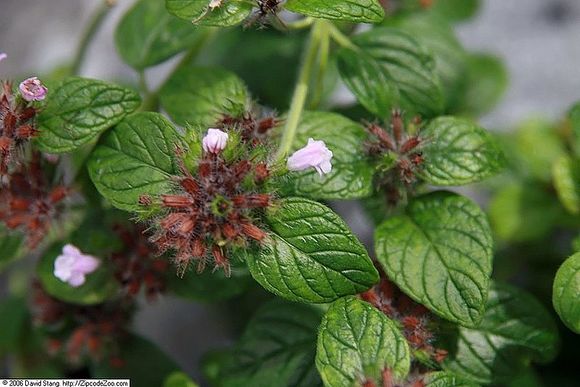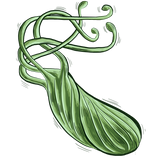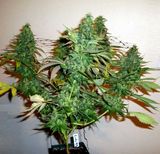Author: Yana Nencheva, Biochemist, PhD candidate in Biophysics
The herb Clinopodium vulgare L. is also known as wild basil, Calamintha vulgaris (L.)
and Satureja vulgaris. It belongs to the Lamiaceae family. It grows up to about 45 cm in hight and has pinkish or purple flowers. The leaves and stems are covered in tiny hairs.
It is found in Europe, West Asia, North Africa and Canada. It grows well in dry, grassy areas, shaded meadows, roadside areas, and shrubs.
Dried leaves are used as a spice, although their aroma is milder than that of common basil [ref. 1].
Read more:
3 benefits of the wild basil you need to consider
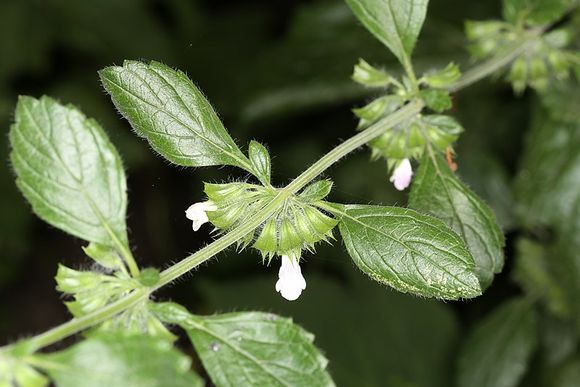
The chemical composition of wild basil includes about 40 compounds, among which are essential oil (mainly germacrene-D, β-caryophyllene and β-caryophyllene oxide), thymol, s-Terpinene and p-cymen [ref. 2].
1. It has antibacterial properties
A study published in 1999 observed the antibacterial activity of wild basil, based on its phytochemical characteristics. Ethanol and propylene glycol extracts of Clinopodium vulgare L. show that the plant shows a strong inhibiting effect on bacteria. Its effects are manifested on both Gram-positive and Gram-negative microorganisms. These results are the product of a Bulgarian scientific working group and are key for further research of opportunities to use the herb's antibacterial properties in pharmacy [ref.3].
Read more:
2. Antioxidant action of the herb
Another scientific work from 2012, again from a Bulgarian researcher, looked at species that had not been studied for antioxidant properties before, but were taxonomicly related to other herbs with proven antioxidant activity.
The evaluation method measured the activity of their extracts when reducing free radicals. The results show positive antioxidant properties in wild basil. This is a good starting point for future research [ref. 4].
Read more:
3. Antitumor properties of wild basil
It turns out that the aqueous extract of Clinopodium vulgare L. is active in vitro on human metastatic melanoma, epidermodic carcinoma in human larynx and in mouse lymphoma. The 2002 study claims that after 6 hours an irreversible lysis of cancer cells begins. The Bulgarian scientific team observed two groups of active substances, the first containing glycosides, possibly affecting adhesion, and the second causing massive cell vacuolization [ref. 5].
Read more:
Parsley, celery and other herbs that help fight cancer
What are the causes of enlarged prostate and is there treatment with herbs
When is wild basil contraindicated
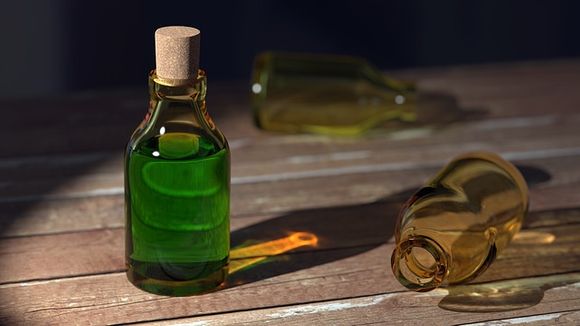
Although Clinopodium vulgare L. is known for being used in Traditional Bulgarian medicine to treat wounds, diabetes and stomach ulcers, studies are also being carried out on the potential harm from the herb for certain patients.
A 2018 study shows that oral administration should not cause hematological, biochemical or histopathological changes that would be harmful [ref. 6].
According to ethnopharmacological data, however, its intake is accompanied by contraindications that should not be ignored. The herb should not be taken by people who suffer from allergies, have heart problems, as well as pregnant and nursing mothers. The possibility of complications makes it mandatory to consult your physician in advance.
Read more:
7 more groups of diseases that honey cures
15 foods that increase immunity
Food for good children's mental development since conception
The 10 most medicinal herbs that can be found in our country
